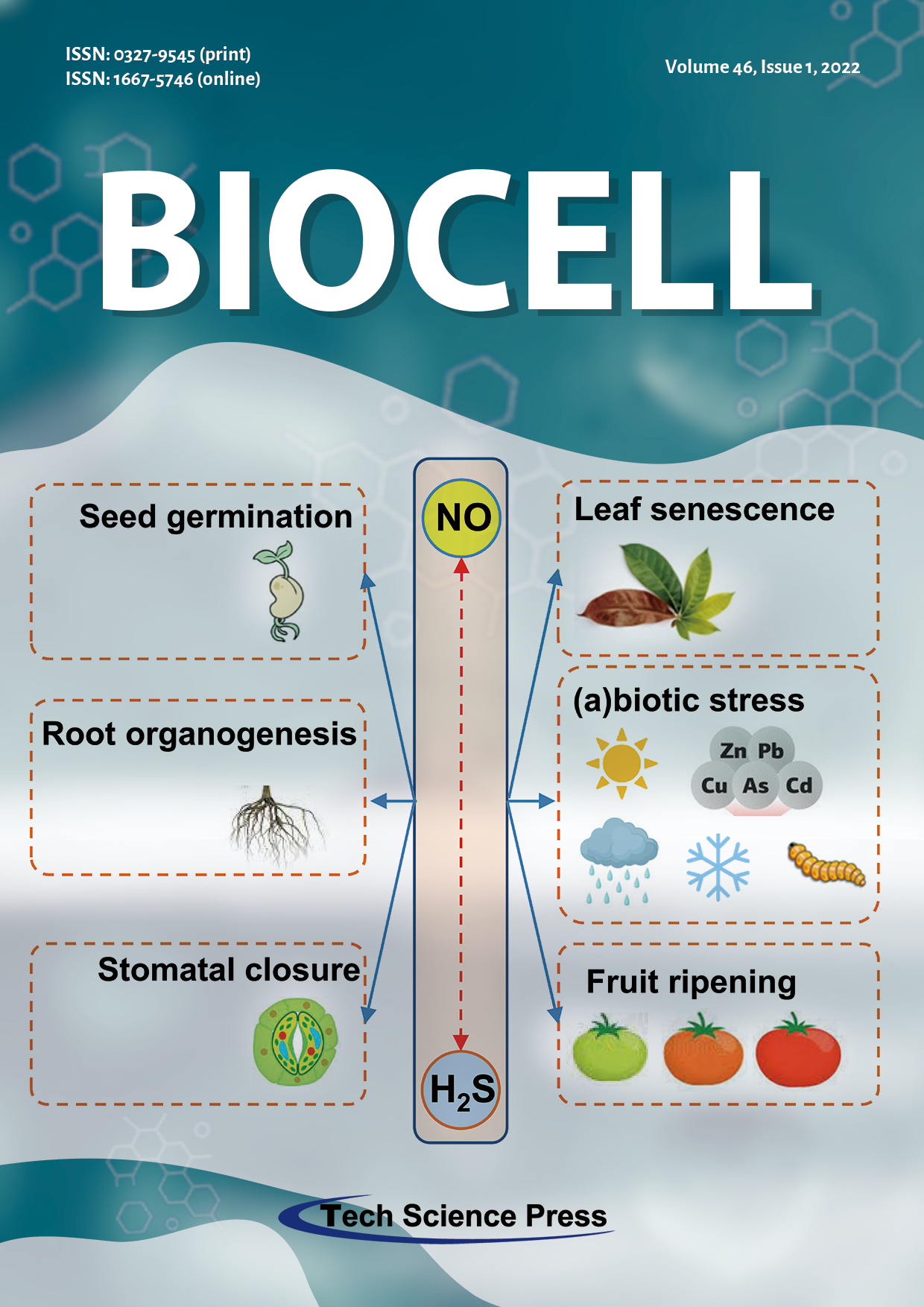Antimicrobial activities of three seaweeds extract against some human viral and bacterial pathogens
JELAN MOFEED1,2, MOHAMED DEYAB3, ABDELNASER MOHAMED3, MAHMOUD MOUSTAFA4,5, SALLY NEGM6,7, EMAD EL-BILAWY1
BIOCELL, Vol.46, No.1, pp. 247-261, 2022, DOI:10.32604/biocell.2022.015966
- 28 September 2021
Abstract
Microbial infections cause complicated health influences along with bad economic impacts. In the present investigation, three dominant seaweeds namely, Amphiroa anceps, Corallina officinalis and Sargassum filipendula were collected from different Egyptian sites at the Red Sea and Mediterranean Sea during autumn 2019. Organic extracts of the three algae were screened for their antibacterial activity against three pathogenic bacteria Salmonella typhiimurium, Staphylococcus aureus and Escherichia coli, in addition to in vitro antiviral activity against Rotavirus (RV), and Coxsackie virus B3 (CVB3) that cause severe diseases in human. Organic extract of A. anceps, C. officinalis and S. filipendula inhibit E. coli cells by 57.1%, 85.7%, and 91.4%, respectively.
…
More >
